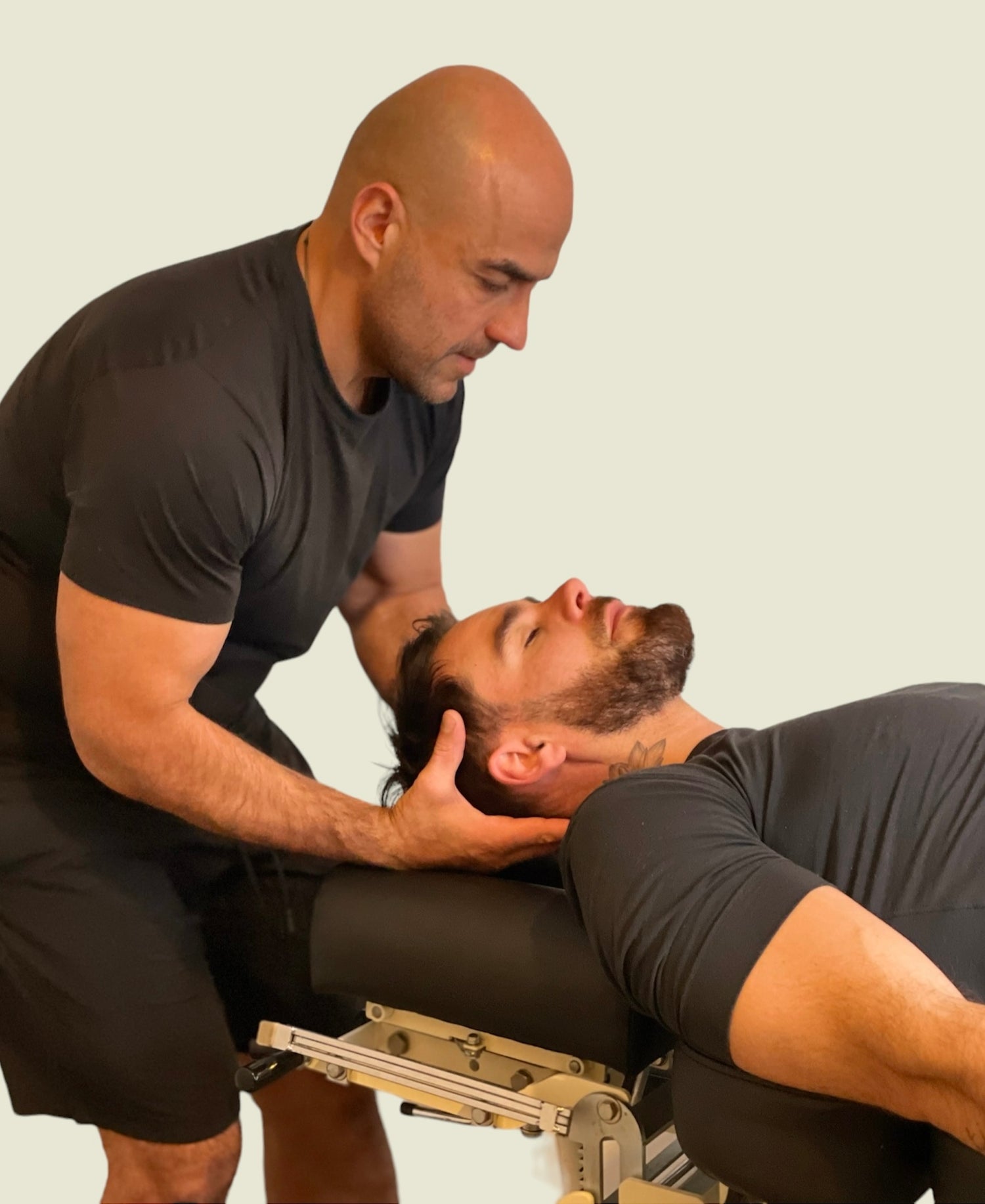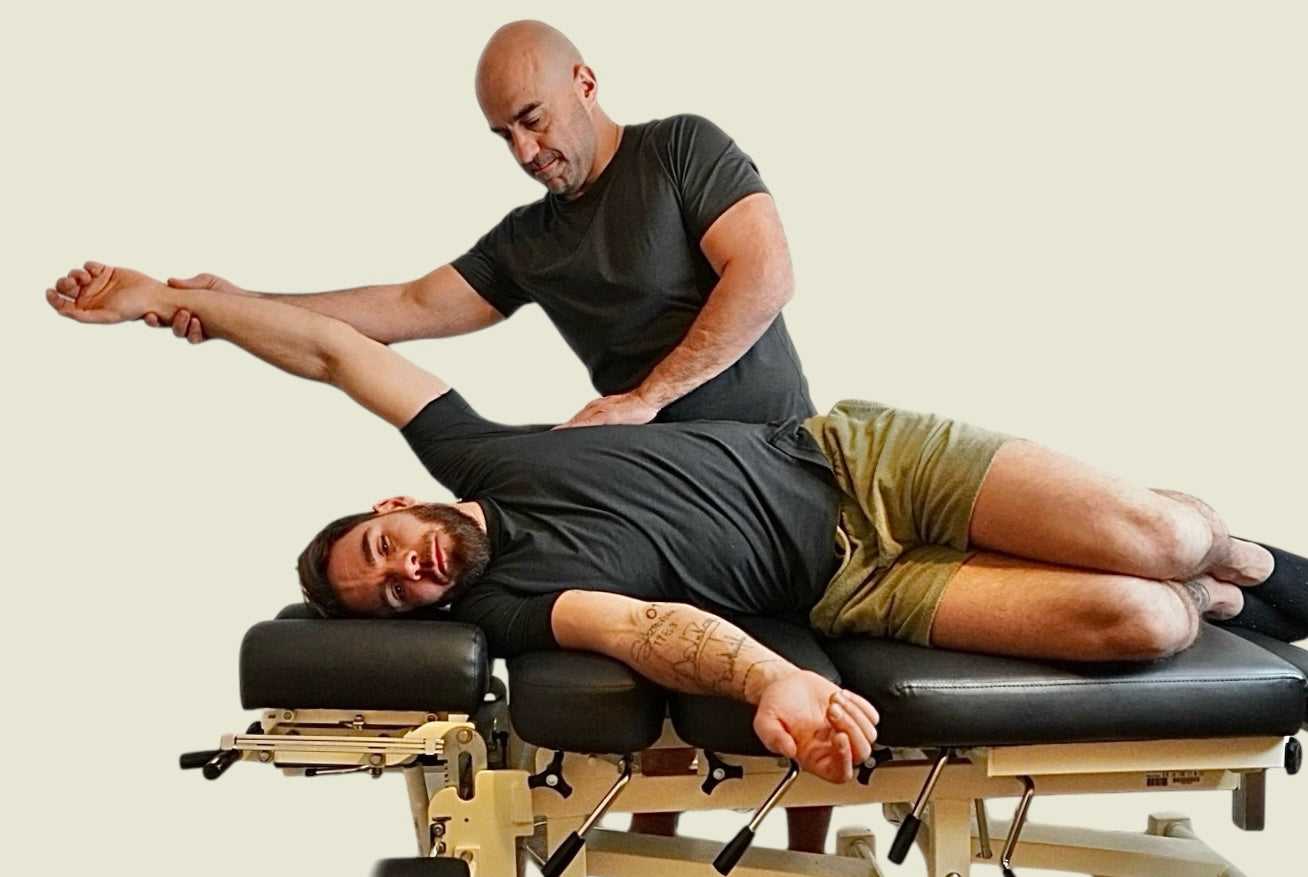
Active Release Techniques (ART)
Welcome to NZSI, where we combine holistic care with scientific precision to optimise your well-being. Our commitment lies in guiding you through a personalised journey towards better health and enhanced performance. At the heart of our treatment arsenal lies the renowned Active Release Technique (ART), a groundbreaking approach to soft tissue therapy that has transformed the lives of millions worldwide.
Whether you're an athlete striving for peak performance or an individual seeking relief from chronic pain, ART offers a beacon of hope and healing. Join us as we rewrite the narrative of soft tissue therapy, one session at a time.
What is Active Release Techniques (ART)?
Crafted by Dr. P. Michael Leahy in 1984, ART stands as a beacon of hope for individuals grappling with a myriad of soft tissue disorders. Originally designed to cater to the needs of athletes, ART has evolved into a comprehensive healing modality embraced by diverse populations. Its essence lies in promoting expedited healing, facilitating tissue recovery, and fortifying the body against future injuries.
Who Can Benefit from ART?
ART transcends boundaries, offering relief to those plagued by various soft tissue conditions. Whether you're battling back pain, strains, sprains, headaches, shoulder discomfort, or tennis elbow, ART presents a viable solution. This dynamic technique extends its healing touch to address issues like carpal tunnel syndrome, shin splints, sciatica, and knee problems, planter fasciitis among others.
How Does ART Work?
At the core of ART lies a meticulous blend of movement and tissue manipulation. Through patented methodologies, ART practitioners embark on a journey to dismantle scar tissue's grip on the body. Scar tissue, a remnant of injury and overuse, often serves as a barrier to free movement, manifesting as pain, restricted mobility, and diminished strength.
During an ART session, skilled practitioners deploy a repertoire of over 500 specific moves, each tailored to address unique soft tissue challenges. Through a fusion of hands-on manipulation and patient-specific movements, ART seeks to restore muscles and nerves to their rightful place, thereby reinstating optimal function.
What to Expect During an ART Session?
Your journey with ART begins with a comprehensive examination, where our practitioners employ their keen sense of touch to pinpoint areas of concern. Armed with a deep understanding of anatomy and biomechanics, they tailor each session to your individual needs, ensuring a targeted approach to healing.
As the session unfolds, you'll experience a symphony of movement and manipulation, orchestrated to alleviate tension, release adhesions, and promote tissue regeneration. With each session, you'll witness tangible progress as your body realigns and rejuvenates under the expert guidance of our skilled practitioners.

Ready to Experience the ART Difference?
Contact us today to schedule your consultation and take the first step towards a healthier, happier you.
